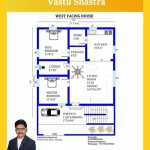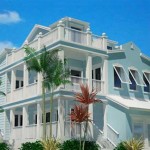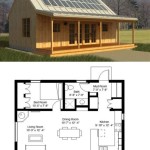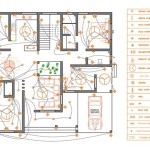Essential Considerations for Home Plans on Steep Hillsides
Constructing a home on a steep hillside presents unique challenges that require careful planning and design considerations. Here are some essential aspects to keep in mind:
Site Assessment and Grading
A thorough site assessment is crucial to determine the stability and suitability of the land for construction. This involves evaluating the slope angle, soil conditions, drainage patterns, and potential geological hazards. Proper grading is essential to level the building site and ensure proper drainage, preventing erosion and water damage.
Foundation Design
The foundation of a hillside home must be designed to withstand the additional forces exerted by the sloping terrain. Special foundations, such as step footings or pile foundations, may be necessary to provide adequate support on steep slopes. The foundation system should be designed by a qualified engineer to ensure stability and prevent settlement.
Drainage and Erosion Control
Proper drainage is critical to prevent water runoff from destabilizing the hillside. Install a comprehensive drainage system that includes gutters, downspouts, and French drains to divert water away from the foundation and down the slope. Erosion control measures, such as retaining walls, terraces, or vegetation, help protect the soil from washing away during heavy rains.
Landscaping and Retaining Walls
Landscaping plays a vital role in hillside homes. Plant vegetation that stabilizes the soil and helps prevent erosion. Retaining walls may be necessary to reinforce terraces, level areas, and create usable spaces on steep slopes. Careful plant selection and placement can also enhance the visual appeal of the home and provide privacy.
Accessibility and Transportation
Access to the hillside home should be carefully planned. Consider the use of ramps, stairs, or elevators to navigate the steep terrain. Vehicles and emergency services must be able to access the property safely. Parking areas should be designed with appropriate grades and drainage to prevent runoff and erosion.
Architectural Style and Design
The architectural style of a hillside home should complement the slope and minimize the impact on the surrounding environment. Choose materials and designs that blend into the natural surroundings and withstand the challenges of the hillside terrain. Consider incorporating features such as balconies, terraces, and large windows to take advantage of the views and natural light.
Sustainability and Energy Efficiency
Hillside homes can benefit from sustainable design features that reduce environmental impact and energy consumption. Utilize passive solar design, incorporate natural ventilation, and install energy-efficient appliances and lighting. Consider using renewable energy sources, such as solar panels or geothermal systems, to power the home and minimize its carbon footprint.

Steep Slope Home Designs House Plans 3 Jpeg 480 398 More Houses On Edge Dream Design Architecture Modern

The Architect Split Level House Built On Steep Slope Description From Kathabuzz Co Into Hillside Architecture Unique Plans

Home Designs For Sloping Blocks Mark Lawler Architects

Shallow Lot House Plans Unique Sloping Plan Hillside Contemporary

Home Designs For Sloping Blocks Mark Lawler Architects

Hillside And Sloped Lot House Plans

Hillside House By Sb Architects Homedsgn Sloping Lot Plan Contemporary Plans

Steep Slope House Design Goes Vertical Just Like Trees

Sloping Block House Designs Beautiful To Inspire Your Next Build

Hillside And Sloped Lot House Plans








